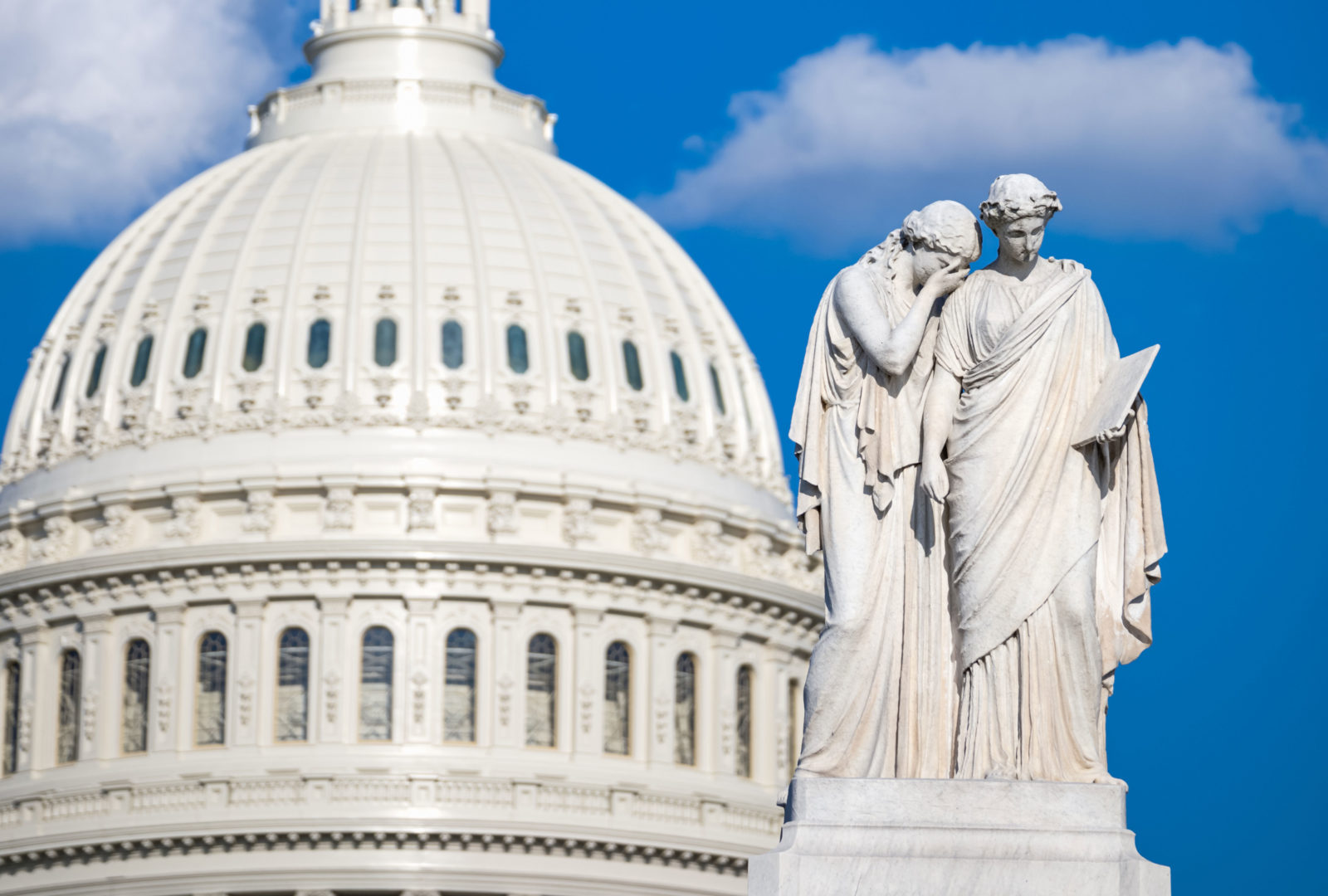Fix the Presidential Nominating Process of 2000–Now
The prevailing mood of the Republican presidential nominating process is still one of irritated reluctance, like that of singers being awakened to go on stage at 5 a.m.–and an audience being forced to attend the performance. This show started too early. We also are witnessing the infamous law of unintended consequences as it snaps back in the faces of the Read More ›
